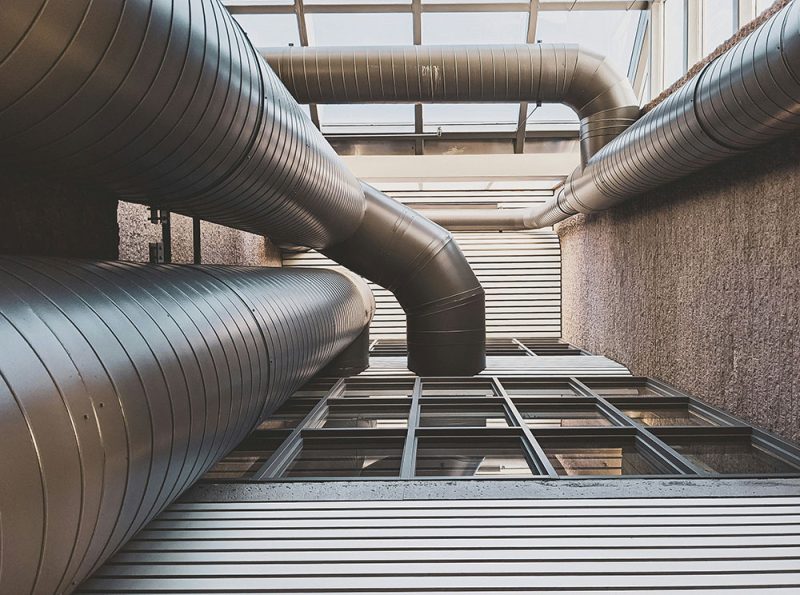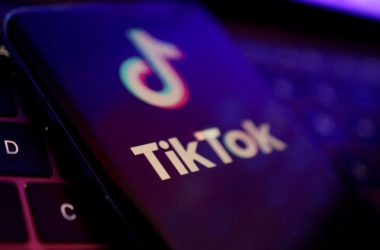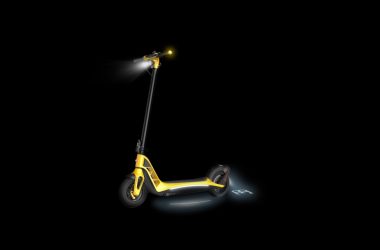When the U.S. Department of Energy (DOE) quietly finalized its new test procedure for central air-conditioners and heat pumps on January 7, it did more than tweak laboratory protocol. The 90 FR 1224 rule folds part-load performance and variable-capacity standards into the official scorecard that determines how every residential and light-commercial system sold after mid-2025 is rated (Federal Register :: Energy Conservation Program: Test Procedure for Central Air Conditioners and Heat Pumps)
That shift—obscure on paper—effectively rewards algorithms that can throttle compressors and fans minute-by-minute instead of running flat-out until occupants complain. “For the first time, efficiency metrics care about how fast you can adapt,” says automation engineer Sheriff Adepoju, whose research at Prairie View A&M explored MQTT-based occupancy signals for HVAC control. “If a controller predicts the next thermal spike and precooled zones accordingly, it shows up in the official numbers rather than being an invisible bonus.”
Real-world case studies suggest adaptive software can deliver more than incremental savings. BrainBox AI’s installation at 45 Broadway in Manhattan cut HVAC energy use by 15.8 percent in just eleven months—enough to pay back its license fee in under two years, according to facility owner Cammeby’s International. Peer-reviewed modeling from Lawrence Berkeley National Laboratory projects that widescale AI adoption could shave 8–19 percent off building-sector energy demand by 2050.
Those numbers are catching the eye of compliance officers scrambling to meet New York City’s Local Law 97 and similar carbon caps. “The DOE rule doesn’t mandate AI, but it creates a market pull,” explains building scientist Carla Nguyen of Pacific Northwest National Laboratory. “Manufacturers that bundle adaptive logic will earn better labels as cities start penalizing inefficient stock.”
Adepoju finds himself at the nexus of policy and practice. By day, he works on large-scale XML parsers, but nights and weekends see him polishing an open-source library—AirFLo—that converts Wi-Fi probe requests and badge-reader logs into a single occupancy confidence score. The goal is to let any commercial controller—Tridium Niagara, Siemens Desigo, or a home-grown PLC—subscribe to a lightweight MQTT topic and tweak setpoints in real-time.
“Occupancy is the most volatile driver of cooling load, yet the buildings I have audited still run on a fixed 8 a.m.–6 p.m. schedule,” he says. “My phone’s calendar has more context than their chillers.”
Adepoju claims pilot deployment models have maintained ASHRAE comfort bands while cutting chiller runtime by 17 percent during shoulder seasons. Independent verification is pending, but the early data align with the 15–18 percent band reported in academic studies.
Skeptics point to the energy cost of the cloud. A December 2024 Bloomberg analysis found that Microsoft’s AI expansion “imperiled” its corporate climate goals by boosting data-center load.“You can’t solve all carbon problems with more GPUs,” argues Laura Serrano, senior policy counsel at the Natural Resources Defense Council. She wants DOE to publish lifecycle guidance so vendors disclose server-side emissions alongside HVAC savings.
Adepoju acknowledges the concern but counters that edge-based models need only modest silicon: “We run reinforcement learning on a Raspberry Pi 4. Training happens offline; the real-time inference is kilowatt-hours per year, not month.”
AI retrofits are attractive because they layer over existing BACnet, Modbus, or serial connections. The new DOE procedure incorporates AHRI 210/240-2024, which already defines variable-capacity testing. “That standardization is gold,” Adepoju says. “My control loop can ask any modern unit for compressor speed and coil temps without a proprietary SDK.”
Manufacturers see opportunity, not threat. Lennox International confirmed in an earnings call that it will ship firmware-upgradable variable-speed RTUs ahead of the 2026 compliance date. Meanwhile, Schneider Electric’s EcoStruxure team is pitching utility programs that reward buildings for real-time demand shedding—a business case that grows stronger as AI accuracy improves. Adaptive control lives or dies on sensor fidelity. Cheap PIR motion detectors misclassify anything from a cleaning crew to a helium balloon as “occupant,” while camera-based systems raise privacy alarms. Adepoju’s proposed system sidesteps cameras entirely but still wrestles with MAC-address randomization in iOS 18. “Apple turns phones into ghosts,” he jokes. His workaround: fuse anonymized CO₂ trends with packet counts to maintain confidence levels without personal data.
Regulators are paying attention. California’s CalNEXT program now requires funded pilots to publish anonymized telemetry for third-party analysis, hoping to build an open evidence base.
The DOE rule’s compliance clock starts ticking on July 15 2025, for manufacturers and May 2026 for the final sell-through. Adepoju believes the timeline is “aggressive but doable” if the industry converges on open schemas. He plans to release version 1.0 of AirFlo at the new OpenObservabilityCon in October, betting that visibility—rather than secret sauce—will accelerate adoption.
“The HVAC guys didn’t ask for AI,” he concedes. “They asked for a test they could trust. Now the test is here, and AI is the cheapest way to pass it.”
Whether adaptive control becomes the new normal will depend on installers, not algorithms. But with federal metrics, city carbon laws, and rising electricity rates all pointing in the same direction, the smart money is on software that knows when you’ve left the room—and tells the compressor to take a breather, too.








